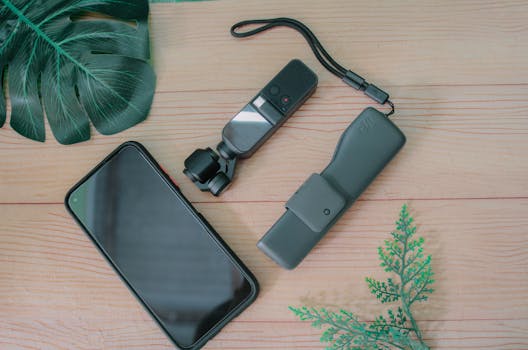Tools and Tips for Clear and Concise Video Communication

Video communication has become a vital tool in the digital age, with its importance magnified by the global shift towards remote work and online learning. The ability to convey a clear and concise message through this medium is now a critical skill for professionals, students, and anyone who needs to communicate effectively in a visually driven world. This article offers practical tools and insightful tips to enhance clarity and brevity in video communication. It focuses on improving non-verbal cues, optimizing technology use, and streamlining content to help refine your digital communication skills.
The first step towards achieving clear and concise video communication is understanding the importance of non-verbal cues. These include facial expressions, body language, and tone of voice, which can often convey more than words alone. To improve your non-verbal communication, practice maintaining eye contact with the camera, using gestures to emphasize points, and modulating your voice to keep the audience engaged.
Next, optimizing technology use is crucial for effective video communication. This involves selecting the right tools for your needs and learning how to use them proficiently. High-quality audio and video equipment can significantly improve the clarity of your message. Additionally, familiarizing yourself with various software features such as screen sharing, virtual backgrounds, and annotation tools can further enhance your presentation.
Content is king when it comes to video communication. Streamlining your content means focusing on key points and eliminating unnecessary information. This not only makes your message more digestible but also respects the time of your audience. Use visual aids such as slides or infographics to support your points and keep viewers engaged.
One common question about video communication is how to maintain audience engagement throughout a presentation or meeting. The answer lies in interactivity. Encourage questions and feedback from your audience, use polls or quizzes to keep them involved, and provide breaks during longer sessions to prevent fatigue.
Another frequently asked question is how to handle technical issues during video communication. The best approach is to be prepared. Test your equipment and internet connection before the session, have a backup plan in case of failure, and remain calm and professional if problems arise during the communication.
The world of video communication can seem daunting, but with the right tools and tips, anyone can master it. By focusing on non-verbal cues, technology use, and content streamlining, you can significantly improve your ability to convey clear and concise messages through this medium.
The journey towards mastering video communication is a continuous one. It requires practice, patience, and a willingness to learn from mistakes. But with each step forward, you'll find yourself becoming more confident and effective in this digital realm. So whether you're preparing for a virtual meeting or an online class presentation, remember these guidelines and continue refining your skills.
Ultimately, clear and concise video communication is not just about delivering information; it's about connecting with your audience on a deeper level. It's about making them feel heard, understood, and valued. And when you achieve that, you're not just communicating; you're making a difference. So embrace the challenge, harness the power of video communication, and let your message resonate in this visually driven world.